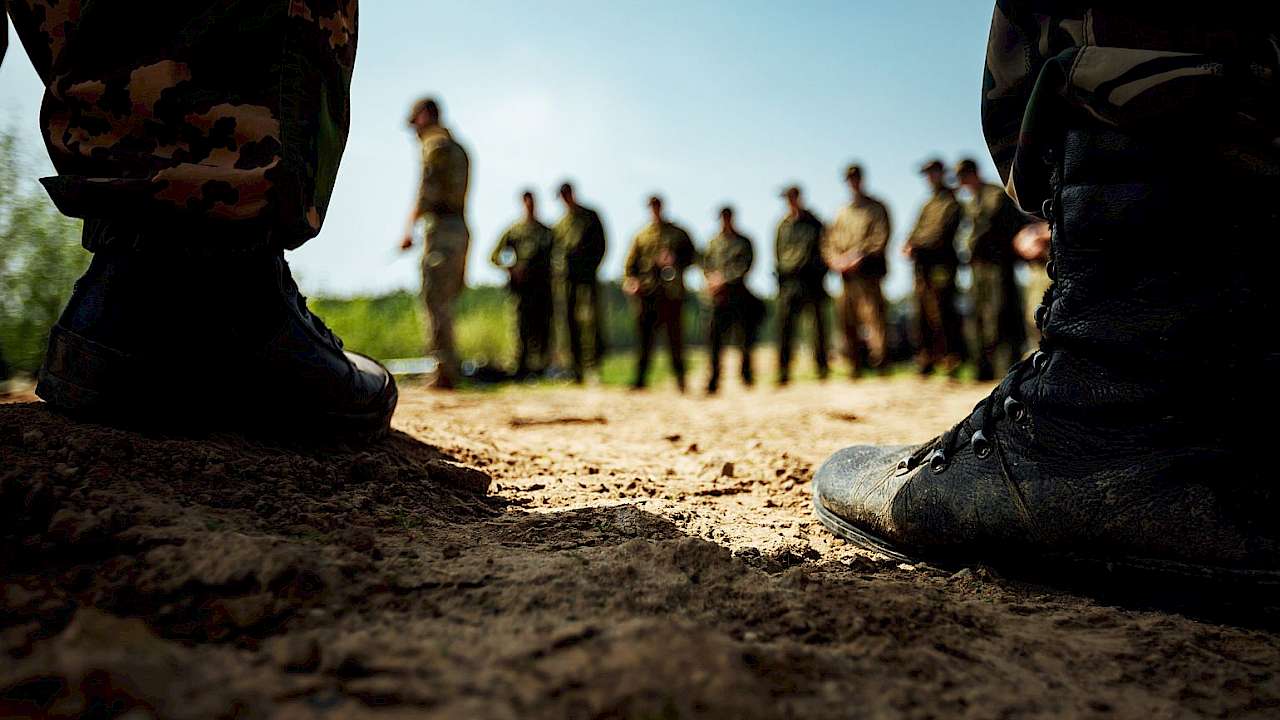On 7 October 2023, Palestinian terrorist organisation Hamas initiated Operation Al-Aqsa Flood, a series of coordinated attacks against multiple Israeli civilian and military targets. On the first day, approximately 1,000 Israeli civilians and more than 350 Israeli soldiers were killed. The operation drew the public support of aligned militant groups in the region, including the Lebanese terrorist organisation Hezbollah. With unsubtle reference to the Beirut Bombings that killed 241 U.S. service members in the 1980s, Hezbollah leader Hassan Nasrallah seemed to directly address American political and military officials in a recent public speech, stating, “Your fleets in the Med do not scare us...We have prepared a response to the fleets with which you threaten us. Those who defeated you in the early 1980s are still here, along with their sons and grandsons.”
We work at the National Counterterrorism Innovation, Technology, and Education (NCITE) Center, a U.S. Department of Homeland Security Center of Excellence based at the University of Nebraska at Omaha. As an interdisciplinary team, our research focuses on emerging threats in the terrorism landscape, often with a pointed focus on the individual leaders at the helm of terrorist organisations and violent extremist movements.
More than 95% of terrorism-related fatalities occur in the context of armed conflict.
It is estimated that more than 95% of terrorism-related fatalities occur in the context of armed conflict – perpetrated by local insurgent organisations. According to a recent study, more than 50% of insurgent organisations engage in some level of terrorist activity at some point in their campaign. Some militants perpetrate extreme and systemic levels of terrorist violence (e.g., ISIS and the Tamil Tigers), some do so occasionally (e.g., Ansaru and Hayat Tahrir al-Sham), and others conduct little to no terror operations (e.g., the Northern Alliance). These differences matter. Such outcomes are not random, as they reflect the decisions, capabilities, and actions of militant actors. Leaders of militant organisations, such as Hassan Nasrallah, Jonas Savimbi, Abu Bakr al-Baghdadi, and Antonio García, are drivers of core militant group actions and potential for action. These individuals are hardly carbon copies of each other, however, each possessing varying capacities as leaders. More formally, it is reasonable to expect that individual-level differences in militant leadership may translate to observable differences in terrorist activity.
Pursuing this hunch, in a study recently published in Terrorism and Political Violence, we investigated the relationship between variation in militant leadership and the severity of wartime terrorist violence. Studies from multiple academic fields offer sizable evidence that a leader’s set of background experiences shape both how they lead and, more central to our discussion here, how their patterns of decision-making translate to organisational outputs.
We build on this body of work to argue that militant leader experiences plays a powerful role when selecting between strategies of violence, including terrorism. Specifically, to predict group-level differences in this outcome, we emphasise that prior military experiences will shape leaders’ willingness to engage in terrorist violence. But military experiences are not necessarily created equal. Rather, we expect differences in militant terrorist activity based on the following mechanisms:
- Formal military experiences, such as those associated with military training, serve as a restricting influence on terrorist violence; and
- Less formal military experiences, such as time in active combat reinforce a mental model for violence as a solution to challenges, increasing the tendency to rely on terrorist violence to achieve desired outcomes.
When militant leaders have combat experience the predicted number of terror incidents more than doubles.
Using new data on the individual backgrounds of militant leaders active between 1989 and 2013. The conditional distribution of the main variables in our sample – leader military experience and terrorism severity – reinforces our baseline expectation. Groups led by individuals with military experience are associated with a higher number of terror attacks in a given year, as well as more terrorism-related fatalities. Specifically, relative to those led by individuals without military experience, these militant groups conduct an average of roughly two more attacks per year, with roughly 19 more non-combatants killed in those terrorist attacks, on average, annually.
Table 1. Conditional Distribution of Main Variables, 1989 – 2013.
| Terror Frequency | Terror Lethality | |
|---|---|---|
| Group-Year Mean | Group-Year Mean | |
| Leader Military Experience: No | 3,283 | 10,223 |
| Leader Military Experience: Yes | 5,248 | 29,743 |
Looking closer at our key underlying mechanisms, we find support for our expectations. Based on a set of statistical regression models, we compute the predicted counts of terrorism attacks and terrorism-related fatalities at the group year level based on changes in the leader military experience indicators. We find that when militant leaders have combat experience the predicted number of terror incidents more than doubles and the predicted number of terrorism-related fatalities more than triples in a given year. In contrast, militant groups led by leaders with prior military training are associated with a predicted decrease in lethality.
What does this mean for theory and practice? Although more research is needed, we identify some key preliminary implications:
- Identifying militant leaders and their background experiences can be a useful and efficient point of leverage for establishing expectations about a fledgling militant group’s prospective operational capacity and their future forms of engagement with local communities. For warfighters, analysts, and other practitioners, this can be useful when assessing a threat and proactively allocating resources.
- Leaders can wield independent effects on the contours of terrorist violence, demonstrating that this outcome is a dual function of both structure and agency. To develop actionable recommendations, explanations of terrorism should be able to account for decision making within a range of strategic opportunities and constraints.
- More research is needed on the effects that other experience types may have on militant leader decision making and, relatedly, the performance and behavior of their followers.
Read more
Austin C. Doctor, Sam T. Hunter & Gina S. Ligon (2023) Militant Leadership and Terrorism in Armed Conflict, Terrorism and Political Violence, DOI: 10.1080/09546553.2023.2189972.
Polo, S. M. T., & González, B. (2020). The Power to Resist: Mobilization and the Logic of Terrorist Attacks in Civil War. Comparative Political Studies, 53(13), 2029-2060. https://doi.org/10.1177/0010414020912264
National Counterterrorism Innovation, Technology, and Education Center (NCITE) available at: https://www.unomaha.edu/ncite/index.php
The Global Terrorism Index (GTI) available at: https://www.visionofhumanity.org/maps/global-terrorism-index/#/
Copyright Information
Image credit: © evgavrilov | stock.adobe.com







